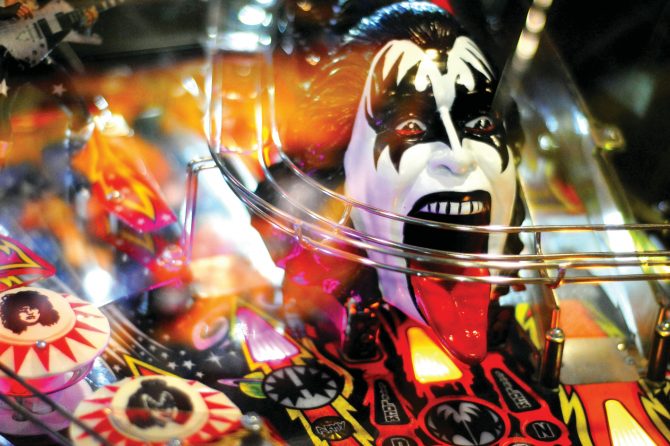
Max Littman, LCSW
September 19, 2025
Sometimes I get flashes of images in my imagination. They aren’t random—they arrive linked to something meaningful and organic inside me. They tend to be blurry yet strangely vivid. I felt compelled to share this one: a pinball machine as a manifestation of the structure, flow, and contents of therapy.
As therapists, we often picture our role as steady, neutral, and spacious. But in truth, our inner worlds are busy, filled with moving parts that light up during a session. The metaphor of a pinball machine can capture this. In this metaphor, our client is both the player and the ball: launched sometimes by themselves, sometimes with our assistance, sometimes suddenly, sometimes with gentle intention. Our clients make choices about where to aim and feel the impact of every bounce. Meanwhile, our parts function like the inner elements of the machine—blockades, bumpers, chutes, funnels, backstops, and flippers—shaping the ball’s journey.
What becomes possible when we recognize this dynamic and interplay?
Blockades
Some therapist parts are like blockades: they stop the ball in its tracks. This might look like a manager that insists on sticking to an agenda, or a caretaking part that halts the flow of our client’s expression to prevent things from getting too emotional. Blockades can activate frustration for both client and therapist. They can also be a call to slow things down, hold boundaries, or create structure.
Chutes and Funnels
Other parts act like chutes and funnels, channeling the ball into a particular path. These are the guiding parts of us that subtly steer the conversation, even when we believe we’re being neutral. It could be a perfectionistic, striving, or “trying to get things right” parts. Perhaps we funnel a client toward insight, or into a somatic practice, or down the familiar track of reframing. These parts want our client to move in a direction that feels safer or more effective—but they can also limit the sense of free play.
Bumpers
Bumpers are the therapist parts that suddenly redirect the ball with a jolt of energy. They don’t stop or catch—it’s more like they send things bouncing in a new direction. These might be our protective humor, our quick reframes, or even an intellectual insight that bursts in before our client has finished landing in their own experience. Sometimes bumpers add energy to the game and keep things lively. Other times they can feel disorienting, as if our client has been bounced away from where they were headed. Like all the other parts of the machine, bumpers are not inherently bad—they just have a significant impact on the process.
Backstops
Backstops catch what might otherwise be lost. These therapist parts are like the adept listeners and observers that make sure a client’s words don’t fall into a void. They reflect, hold, and contain the material. They may not move the process forward, but they prevent collapse and keep the session inbounds.
Flippers
Flippers are the reactive parts of us that step in when something is about to slip away. They jump at the last second to keep the ball in play: an intervention to reconnect our client to their body, a question to deepen access to a part, a repair when the alliance feels strained. Flippers are responsive, skillful, and often necessary—but if overused, they can feel controlling or intrusive.
Client as Ball and Player
In this metaphor, our client is both the ball and the one pushing the buttons. They are moving through the machine, impacted by every blockade and funnel, every backstop and flipper. But they are also the one choosing to launch, to tilt, to flip, and to stay engaged. Their agency interacts with our system in complex ways. Sometimes they hit a jackpot of Self energy; other times they drain out into the gravity well of exile, where burdens wait to be witnessed and released.
The Slope of Healing
Every pinball machine has a natural tilt. Gravity pulls the ball downward. In therapy, this slope can be understood as the pull toward healing: an inevitable force drawing clients closer to their exiles and the burdens they carry. At the bottom of the slope lie the experiences that are most hidden, painful, and guarded. Without intervention, the ball drains out here, and the game is over. But with enough awareness and attunement, this is also where the real treasures of healing can be found. Renewal can be activated. A new game can begin.
Machine without Parts
Now imagine the pinball machine stripped bare. No bumpers, no flippers, no ramps or lights—just a smooth, empty box. If a client launches the ball into that void, it drops straight to the bottom. There is no interaction, no play, no reflection back. In therapy, this would be like meeting a therapist with no activated parts, no responses, no shape to the encounter. While neutrality and spaciousness can be supportive, too much absence leaves nothing for a client to engage with.
The “emptiness” might feel safe for some clients, but for many it lands as flat or abandoning. The pinball simply falls, and the game is over. Therapy needs some contour, some movement—our humanness, our parts, our presence—so that our clients can discover, ricochet, and grow through the interplay. The goal isn’t to remove all the features of the machine but to bring awareness to how they function, to keep them flexible, and to ensure they serve a client’s unfolding rather than shut it down.
For feedback and comments, I can be reached at max@maxlittman.com.
I provide consultation and therapy for therapists.
